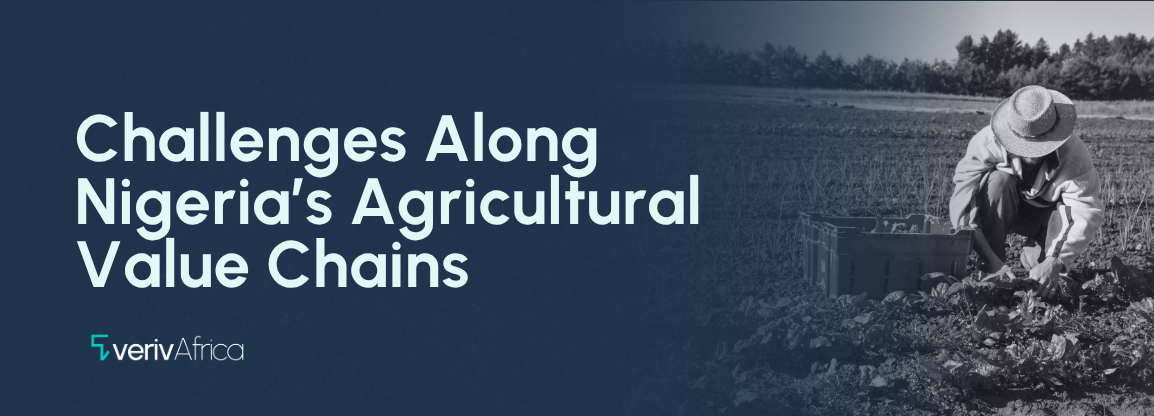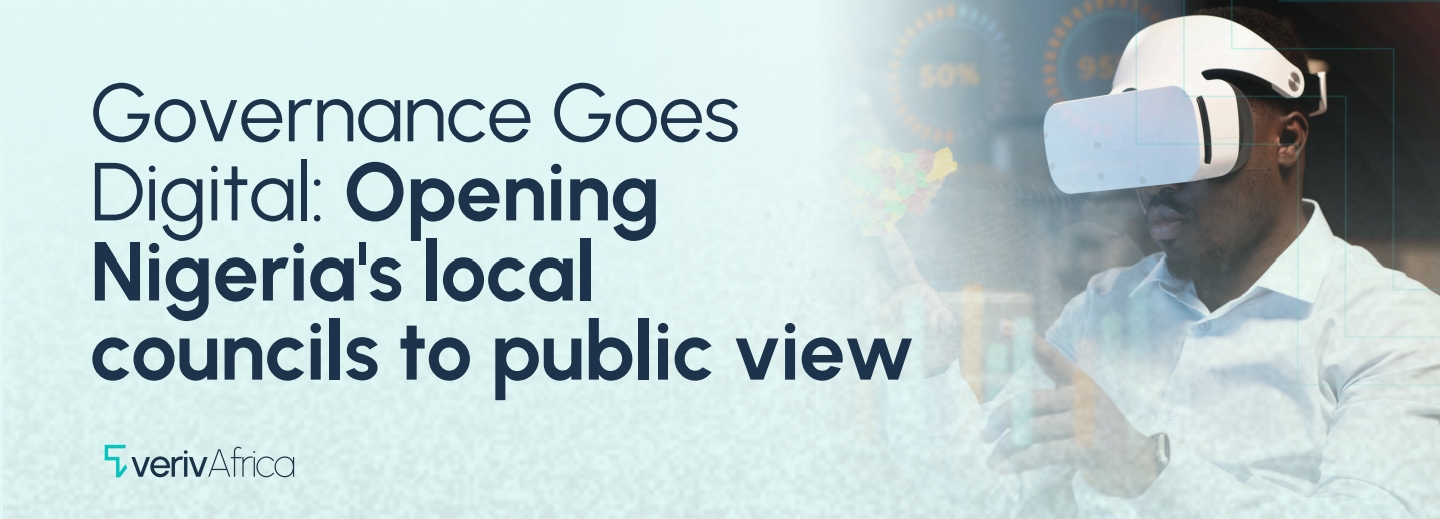Forty-nine years ago, the late Afrobeats legend, Fela Anikulapo Kuti released the album, Expensive S**t. This album contained the hit track "Water No Get Enemy," a groovy commentary on the life-saving benefits of water. Little did he know that decades later, the longing for water expressed in his song would be exacerbated by the harsh reality facing his beloved Nigeria—a water crisis of grave proportions.
In 2018, former President Muhammadu Buhari declared a state of emergency on Nigeria's declining water supply, sanitation, and hygiene (WASH) sector. The statistics he cited make for grim reading—access to piped water services had plummeted from 32% in 1990 to 3% in 2015, just as the urban population grew from 30% to 48%. Improved sanitation access fell from 38% to 29% over the same period, with WASH services falling behind a fast urbanisation rate. Nigeria, he lamented, ranked second globally in open defecation, with 25% of the population lacking access to basic toilet facilities.
Current State of Urban Water Provision in Nigeria
A news report from April 2024 revealed that 179 million Nigerians lack access to potable water, with 78 million children facing the highest risk from a convergence of water-related threats, per UNICEF. Despite Nigeria being a signatory to the Sustainable Development Goal (SDG6) of achieving "clean water and sanitation for all,” very few public water systems in Nigeria are functional, and those that do, function below capacity.
An estimated 167 million Nigerians cannot access handwashing facilities. According to UNICEF, on average, Nigerians receive 9 litres of water per day, below the minimum national standard of 12-16 litres, and below the recommended daily usage of 50 litres. This has led to an inevitable increase in alternatives such as wells and boreholes. The Lagos State Water Corporation (LWC) estimated that a staggering 200,000 boreholes were installed in the metropolis alone by 2019. A Statista survey from 2020 shows that 44.7% of Nigerians living in urban areas rely on wells or boreholes as their primary water source. See Exhibit 1.
Given how indiscriminately boreholes spring up across urban centres, serious health risks exist. Research conducted in 2023 into a borehole sited near a landfill in the Nnewi metropolis of Anambra state, showed that the water contained heavy metals and carcinogenic substances. Similar fears were raised in a national paper, which uncovered several boreholes built perilously close to soakaway pits. These boreholes allow faecal matter to seep into the water table, creating a ticking health scare.
Underlining the severity of the issue, the 2019 Global Burden of Disease (GBD) study by the Institute for Health Metrics and Evaluation (IHME), which identified unsafe water as a leading risk factor for death, disclosed that 7% of deaths in Nigeria were associated with unsafe water. For some context, only four African countries were statistically worse off: Chad (10.1%), Central African Republic (9.5%), Niger (8.2%), and South Sudan (8.2%). See Exhibit 2.
Causes of the Crisis
The urban water provision crisis can be attributed to three fundamental causes:
1. Infrastructure deficit and underutilisation: Nigeria has ageing and inadequate water treatment and distribution infrastructure with limited investment in expansion and maintenance. Even in places where waterworks appear to exist, they are underutilised. A 2023 paper examining the three functional water production facilities in Enugu state under the Ajali, Oji River, and Iva Valley water schemes showed that they operate at only 15% of installed capacity.
Despite the century-old water board in Lagos, 8 million Lagosians need access to potable water. A study revealed that although the LWC is in charge of municipal water distribution, which should cover 30% of a population that requires 800 million litres of water daily, this is infeasible in practice due to technical and administrative issues.
In Gombe, the state government claims to spend ₦150 million monthly on water treatment in the main water line at the Dadinkowa Treatment Plant. However, the setup is such that the plant is 60 kilometres away from the reservoir, further away from the dam, leading to illegal connections that make it difficult for residents to get water.
2. Rapid Urbanisation
Nigeria’s urban population has risen rapidly over the last six decades. (See Exhibit 3.) The growing demand for public utilities outpaces infrastructure development, straining the existing water infrastructure. One report noted that only one in ten Lagos households receive public water supply, a statistic that will only worsen due to the state’s growing population. The consequence is increased slums and informal settlements with limited access to piped water networks.
3. Climate Change
The impact of droughts and unpredictable rainfall patterns brought about by climate change on water sources is significant. Erratic weather conditions come with attendant risks of flooding and water contamination. The devastating flash floods of 2022 are a prime example, wherein over 600 lives were lost, along with an outbreak of cholera due to contaminated water. Overall, the data shows a correlation between states heavily impacted by flooding and inaccessibility to safe water. See Exhibit 4.
Recommendations
Addressing Nigeria's urban water crisis will require a multi-pronged approach, some of which are ongoing. In 2018, a National Action Plan for the revitalisation of Nigeria’s WASH Sector was set in motion, consisting of:
- an 18-month emergency plan,
- a 5-year recovery program, and
- a 13-year revitalisation strategy
There have been a few developments, such as building 2,300 water points and 6,546 hygiene facilities nationwide and allocations for dam interventions and inter-basin projects. However, the financial commitment to the water sector is paltry, even though ₦1.6 trillion was earmarked for the WASH sector over five years.
UNICEF estimates that Nigeria needs to triple its annual water budget or increase spending to 1.7% of GDP to rehabilitate and expand water treatment plants, distribution networks, and storage facilities. Nigeria needs to prioritise spending in the water sector.
Other recommendations include:
- Integrated Urban Planning: Implementing sustainable urban planning strategies incorporating water infrastructure development and housing and transportation projects is crucial to resolving the water crisis. The Lagos state government may need to look further into its resilience strategy plans to adopt recommendations for building a resilient metropolis. It is also recommended that data from the NMPI be used to drive public policy and national budgeting. This holistic approach will ensure water provision keeps pace with rapid urbanisation.
- Climate Change Adaptation: Governments and relevant bodies should develop robust climate adaptation and resilience measures, such as rainwater harvesting systems, desalination plants in coastal regions, and flood control mechanisms, to mitigate the impacts of climate change on water sources. Kenya’s ongoing Northern Collector Tunnel project is a fascinating example of how flood water is being harnessed from three rivers to the Nairobi metropolis to increase water storage capacity to 100 million cubic metres, serving the needs of an estimated 1.2 million people.
- Public-Private Partnerships (PPP): There have been a few PPP projects in the past that have come with mixed results. In 2015, the French Development Agency (AfD) partnered with the Ministry of Economic Planning and Budget and focused on providing water for the low-income districts of Ifelodun and Bariga. It was cancelled in 2018 due to ‘insufficient profit’ for the involved consortium, including the government. Some other partnerships have been alleged to be profit-centric. Governments must strike a balance and think up innovative ways of incentivising private sector investment in water infrastructure development, maintenance, and service delivery that prioritise pressing concerns and are devoid of any element of graft.
- Regulatory Oversight: The government should strengthen regulatory frameworks. Enforcement agencies like NAFDAC should be empowered with tools and partnerships to monitor and control the proliferation and sale of unsafe water sources via unregulated boreholes and wells, especially in densely populated urban areas.
From the above, it is clear that Nigeria urgently needs to address the inadequate or nonexistent provision of accessible potable water by government parastatals. Citizens cannot continue to provide water for household and industrial needs despite the presence of water boards in states. Initiatives geared at revitalising said boards should be closely regulated to meet society’s needs. Judging from the attendant health risks surrounding indiscriminate water sourcing in Nigeria, it is as clear as it was five decades ago when Fela released his song, that for its urban future, Nigeria simply cannot afford to make an enemy out of water.
References
Adrian Healy (2019, May 9) The Rise of the Off-grid City? RSWN [https://rwsn.blog/category/nigeria/]
World Bank (2022). Urban Population in Nigeria [https://data.worldbank.org/indicator/SP.URB.TOTL.IN.ZS?locations=NG/]
Our World in Data (2019) Clean Water [https://data.worldbank.org/indicator/SP.URB.TOTL.IN.ZS?locations=NG/]
Lekan Sote (2022, December 14) Boreholes and Public Health. Punch [https://punchng.com/boreholes-and-public-health/]
Akinbode Matthew Oluwafemi (2018, August 28) The Lagos Water Crisis: Any Role for the Private Sector? Urbanet [https://www.urbanet.info/nigeria-lagos-water-crisis/]
Amarachi Okeh, Chima Azubuike (2024 March 23) Over Eight Million Lagosians Lack Access to Good Water Punch [https://punchng.com/boreholes-and-public-health/]
Oluwole Daramola (2021 September 13) Lagos has a Water and Sanitation Crisis: What the State and City Can Do. The Conversation [https://theconversation.com/lagos-has-a-water-and-sanitation-crisis-what-the-state-and-city-can-do-164971]
SMEC: Kenya’s Longest Tunnel Harnesses Flood Water from Three Rivers. [https://www.smec.com/project/northern-collector-tunnel-kenya/]
Ameh Ochojila (2024, April 10) 179m Nigerians in Dire Straits Lack Access to Potable Water Nationwide. Guardian [https://guardian.ng/news/179m-nigerians-in-dire-straits-lack-access-to-potable-water-nationwide/]
Fabienne Hoelzel (2024, March 8) Water Supply Systems in Urban Slum Communities in Lagos, Nigeria: Between Self-supply and Co-production. Sage Journal [https://journals.sagepub.com/doi/10.1177/25166026241231434?icid=int.sj-abstract.similar-articles.6]
Wikipedia: Sustainable Development Goal 6. [https://en.wikipedia.org/wiki/Sustainable_Development_Goal_6]
WaterAid: National Action Plan. [https://www.wateraid.org/ng/national-action-plan]
NMPI (2022) Nigeria Multidimensional Poverty Index. [https://nigerianstat.gov.ng/elibrary/read/1241254]
Lagos Resilience Strategy. https://www.lagosresilience.net/Downloads/Lagos_Resilience_Strategy.pdf]
UNICEF (2023 July) Access to Drinking Water. [https://data.unicef.org/topic/water-and-sanitation/drinking-water/]
Story Maps (2022) Nigeria Floods. [https://storymaps.arcgis.com/stories/f318d16556764c04853114e8eec4ddb0]
Chidozie Aralu et al. (2023 April 17) Heavy Metal Contamination and Risk Assessment of Borehole Water within a Landfill in the Nnewi Metropolis
Research & Reviews: Journal of Chemistry [https://www.rroij.com/open-access/heavy-metal-contamination-and-risk-assessment-of-borehole-water-within-a-landfill-in-the-nnewi-metropolis.php?aid=92606]










